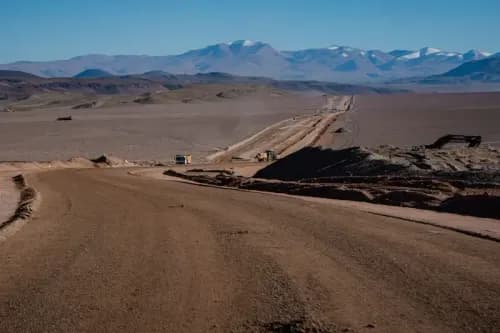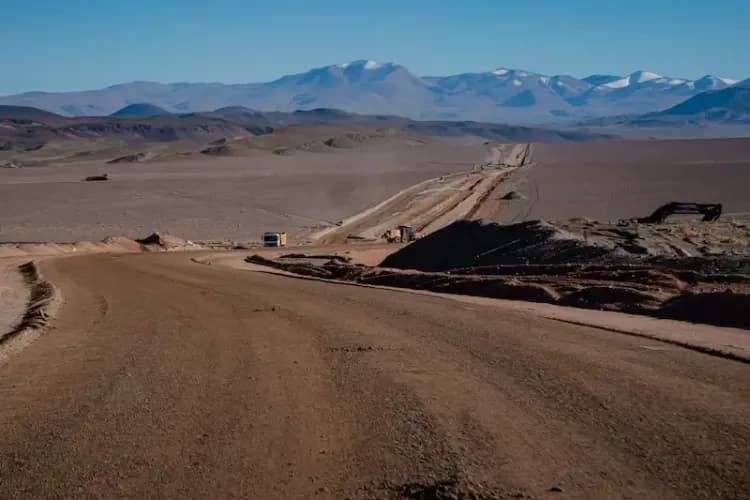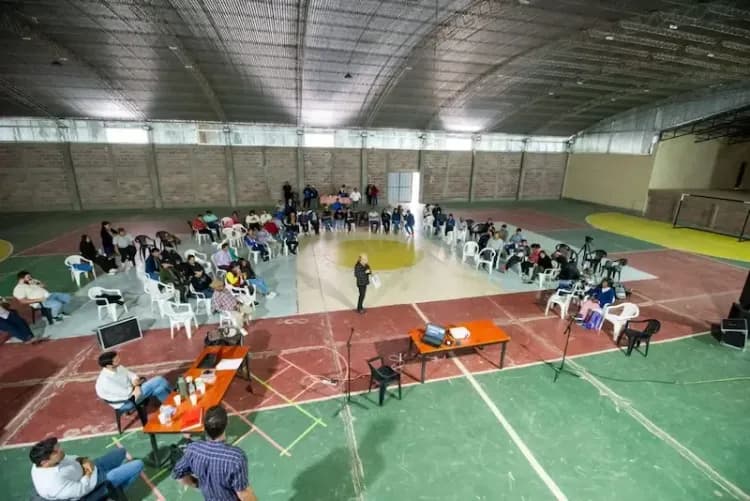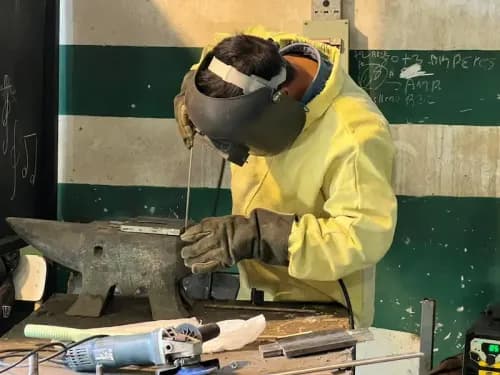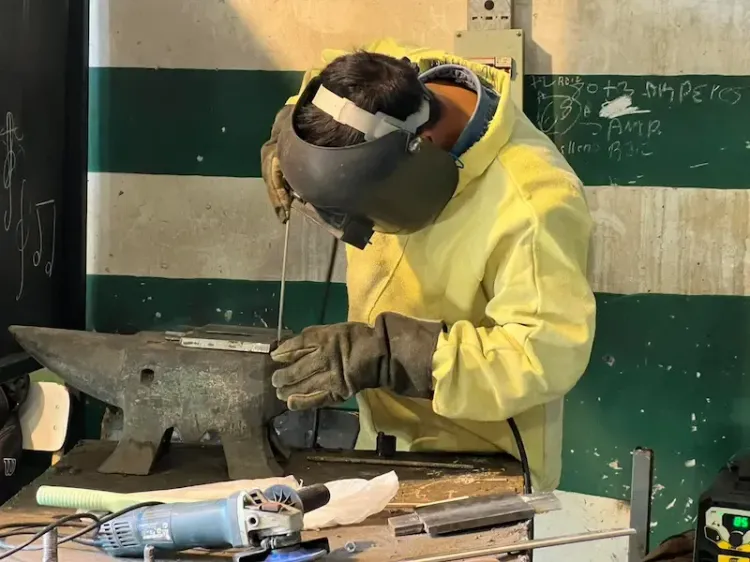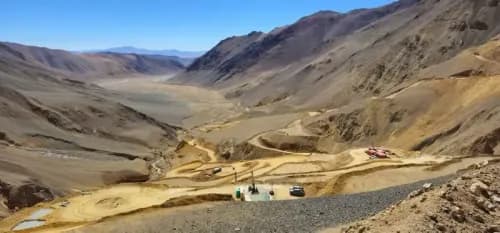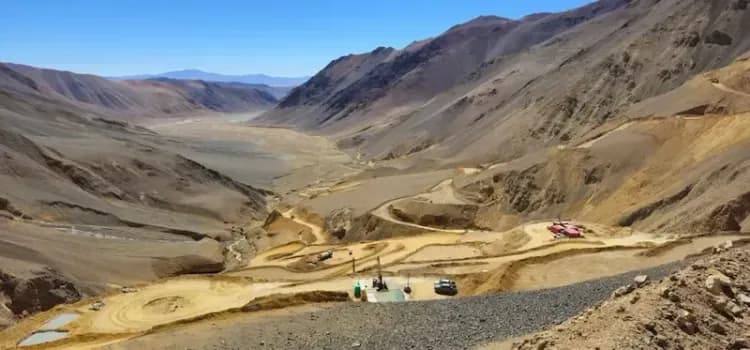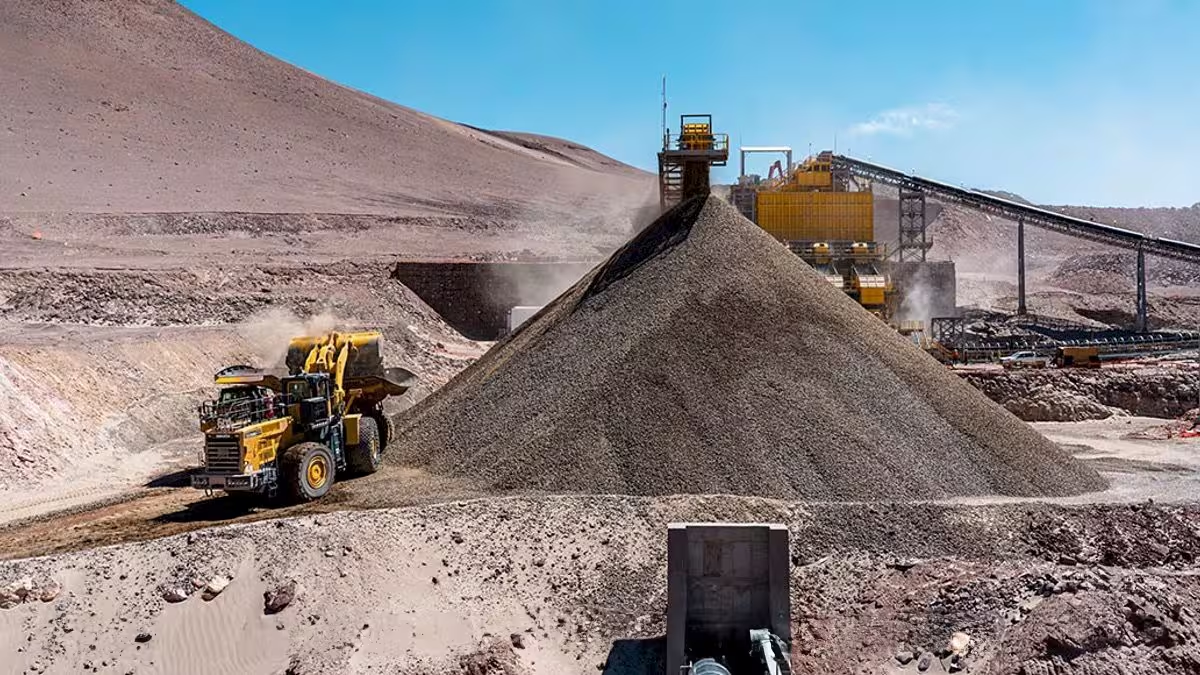On its 20th anniversary, Veladero consolidates its strategic role in the development of San Juan and its contribution to the national economy
San Juan – March 28, 2025. On the occasion of the 20th anniversary of production at the Veladero mine, Barrick's President and CEO, Mark Bristow, visited San Juan to present an updated performance review of Veladero in 2024 and share the future vision for one of the country's most important mining assets.



























